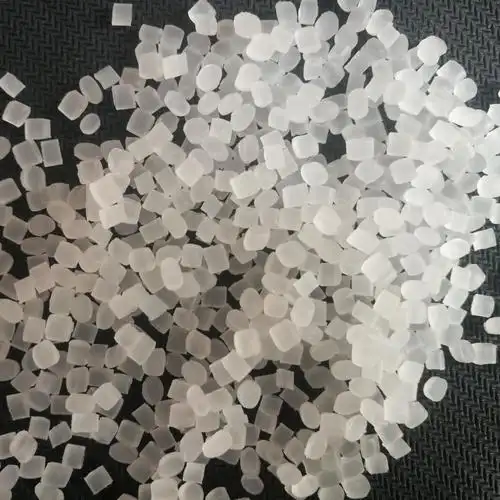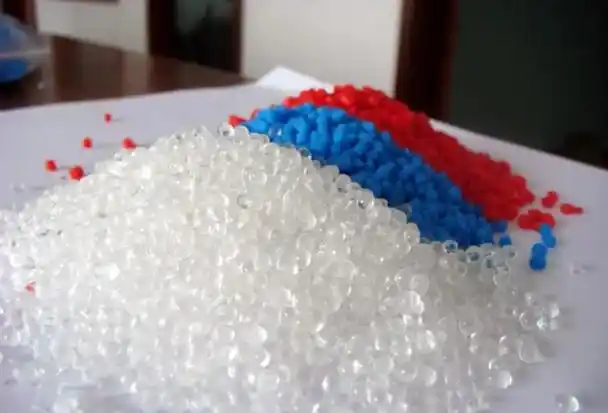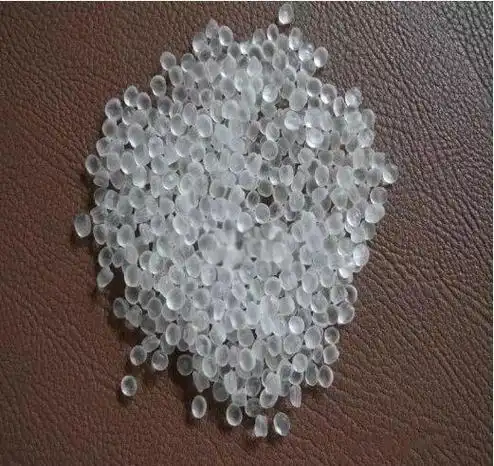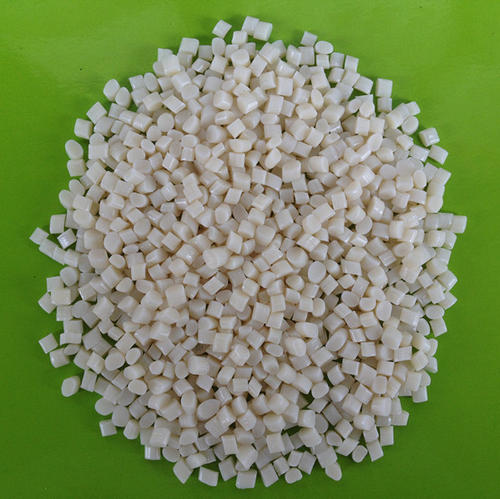In the ever-evolving world of technology, data cables have become an indispensable accessory for our daily lives. Whether it’s charging our smartphones, transferring data between devices, or connecting peripherals to our computers, a reliable data cable is crucial. However, with so many options available in the market, choosing the right one can be a daunting task. Two popular materials used in data cable construction are nylon braiding and TPE (Thermoplastic Elastomer). As someone who has been in the industry for years, I’ve had the opportunity to test and analyze numerous data cables, and today, I’m excited to share my insights on which material offers better durability.

Understanding Nylon Braided Data Cables
Nylon braided data cables have gained immense popularity in recent years due to their sleek appearance and perceived durability. The nylon braiding not only adds a touch of elegance but also serves as a protective layer for the internal wires. Here’s a closer look at what makes nylon braided cables stand out:
Strength and Resilience: Nylon is a strong and resilient material that can withstand significant wear and tear. The braided design further enhances its durability by distributing stress evenly across the cable, reducing the risk of fraying or breaking.
Tangle Resistance: One of the biggest annoyances with traditional data cables is their tendency to tangle. Nylon braided cables, however, are less prone to tangling, making them easier to manage and store.
Aesthetic Appeal: The nylon braiding gives these cables a premium look and feel, making them a popular choice among users who value both functionality and style.
Variety of Colors and Lengths: Nylon braided cables are available in a wide range of colors and lengths, allowing users to choose the one that best suits their needs and preferences.
Understanding TPE Data Cables
TPE, or Thermoplastic Elastomer, is another popular material used in data cable construction. TPE cables are known for their flexibility, softness, and environmental friendliness. Here’s what you need to know about TPE data cables:
Flexibility and Softness: TPE cables are highly flexible and soft to the touch, making them easy to bend and twist without causing damage. This flexibility also makes them ideal for use in tight spaces or with devices that have awkward charging ports.
Environmental Friendliness: TPE is a recyclable material, which means it’s more environmentally friendly compared to some other plastics used in data cable construction. This makes TPE cables a great choice for users who are conscious about their environmental impact.
Cost-Effectiveness: TPE cables are often more affordable than nylon braided cables, making them a budget-friendly option for users who need a reliable data cable without breaking the bank.
Good Electrical Properties: TPE has excellent electrical insulation properties, ensuring that data transmission and charging are efficient and stable.

Comparing Durability: Nylon Braided vs. TPE
Now that we’ve had a closer look at both nylon braided and TPE data cables, let’s compare their durability. Durability is a critical factor when choosing a data cable, as it directly affects the cable’s lifespan and performance.
Abrasion Resistance:
Nylon Braided Cables: The nylon braiding provides excellent abrasion resistance, protecting the internal wires from damage caused by friction or rubbing against surfaces. This makes nylon braided cables ideal for users who frequently carry their cables in bags or pockets where they might come into contact with other items.
TPE Cables: While TPE is also resistant to abrasion to some extent, it may not offer the same level of protection as nylon braiding. However, TPE’s flexibility can help it bend and adapt to surfaces, reducing the risk of damage from sharp edges or corners.
Tensile Strength:
Nylon Braided Cables: Nylon is known for its high tensile strength, meaning it can withstand significant pulling forces without breaking. This makes nylon braided cables ideal for users who frequently unplug and replug their devices or who need to stretch the cable across a room.
TPE Cables: TPE also has good tensile strength, but it may not be as high as nylon. However, TPE’s flexibility can help it absorb some of the pulling forces, reducing the risk of damage.
Flexibility and Bendability:
Nylon Braided Cables: While nylon braiding adds strength and durability, it can also make the cable slightly stiffer compared to TPE cables. However, this stiffness is usually minimal and does not significantly affect the cable’s flexibility or bendability.
TPE Cables: TPE cables are highly flexible and can be bent and twisted in various directions without causing damage. This makes them ideal for use in tight spaces or with devices that have awkward charging ports.
Longevity and Wear and Tear:
Nylon Braided Cables: Due to their strong and resilient construction, nylon braided cables tend to have a longer lifespan compared to TPE cables. They can withstand more wear and tear without showing signs of damage or degradation.
TPE Cables: While TPE cables are also durable, they may show signs of wear and tear more quickly than nylon braided cables, especially if they are frequently bent or twisted. However, with proper care and handling, TPE cables can still last a long time.

Table: Comparison of Nylon Braided and TPE Data Cables
| Feature | Nylon Braided Cables | TPE Cables |
|---|---|---|
| Abrasion Resistance | Excellent (due to nylon braiding) | Good (flexibility helps adapt to surfaces) |
| Tensile Strength | High (nylon is a strong material) | Good (but may not be as high as nylon) |
| Flexibility and Bendability | Slightly stiffer but still flexible | Highly flexible and bendable |
| Longevity and Wear and Tear | Longer lifespan, withstands more wear and tear | Durable but may show signs of wear more quickly |
| Aesthetic Appeal | Sleek and premium look | Simple and functional design |
| Environmental Friendliness | Less environmentally friendly compared to TPE | Recyclable and more environmentally friendly |
| Cost | Typically more expensive | Often more affordable |
Real-World Testing and Observations
Over the years, I’ve had the opportunity to test numerous nylon braided and TPE data cables in various scenarios. Here are some of my observations:
Daily Use: For everyday use, such as charging smartphones or transferring data between devices, both nylon braided and TPE cables perform well. However, I’ve noticed that nylon braided cables tend to hold up better over time, especially when subjected to frequent bending and twisting.
Travel and Portability: When traveling or carrying cables in bags, nylon braided cables are a great choice due to their tangle resistance and durability. They can withstand the rigors of travel without getting damaged or tangled.
Outdoor and Rough Environments: For outdoor use or in environments where cables might come into contact with rough surfaces or sharp edges, nylon braided cables offer better protection. The nylon braiding can prevent the internal wires from being damaged by friction or impact.
Budget Considerations: If budget is a concern, TPE cables are a great option. They offer good durability and performance at a more affordable price point. However, if you’re willing to invest a bit more for better durability and aesthetic appeal, nylon braided cables are worth considering.
Conclusion
In conclusion, both nylon braided and TPE data cables have their own strengths and weaknesses when it comes to durability. Nylon braided cables excel in terms of strength, resilience, abrasion resistance, and longevity, making them ideal for users who need a reliable and durable data cable that can withstand frequent use and wear and tear. On the other hand, TPE cables offer good flexibility, environmental friendliness, and cost-effectiveness, making them a great choice for users who prioritize these factors.
Ultimately, the choice between nylon braided and TPE data cables depends on your specific needs and preferences. If you’re looking for a cable that can withstand the rigors of daily use and offer long-lasting durability, nylon braided cables are the way to go. However, if you’re on a budget or need a cable that’s highly flexible and environmentally friendly, TPE cables are a great option.

Related Questions & Answers
Q1: Can nylon braided cables be used with all types of devices?
A1: Yes, nylon braided cables are compatible with most devices that use standard USB connectors, including smartphones, tablets, laptops, and gaming consoles. However, it’s always a good idea to check the cable’s specifications to ensure it’s compatible with your specific device.
Q2: Are TPE cables safe to use for charging?
A2: Absolutely! TPE cables are designed to meet safety standards and are safe to use for charging devices. They have excellent electrical insulation properties, ensuring that data transmission and charging are efficient and stable.
Q3: How do I clean and maintain my nylon braided or TPE data cable?
A3: To clean your data cable, simply wipe it down with a damp cloth or use a mild soap and water solution. Avoid using harsh chemicals or abrasive cleaners that could damage the cable’s surface. For maintenance, avoid bending or twisting the cable excessively, and store it in a cool, dry place when not in use.
Q4: Can I use a nylon braided or TPE cable for data transfer as well as charging?
A4: Yes, both nylon braided and TPE cables are designed to support both data transfer and charging functions. However, the speed of data transfer may vary depending on the cable’s specifications and the devices you’re connecting.
Q5: Are there any downsides to using nylon braided cables?
A5: While nylon braided cables offer excellent durability and aesthetic appeal, they may be slightly more expensive compared to TPE cables. Additionally, the nylon braiding can make the cable slightly stiffer, which might not be ideal for users who prefer a highly flexible cable. However, these downsides are minimal compared to the benefits offered by nylon braided cables.





